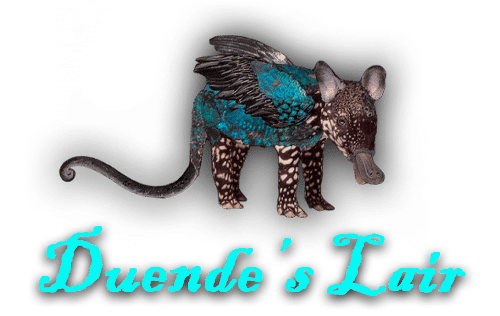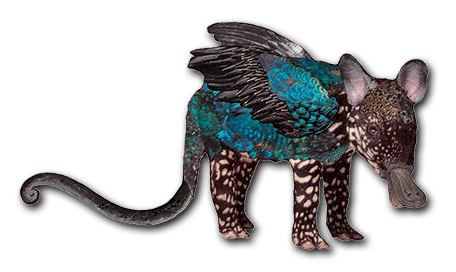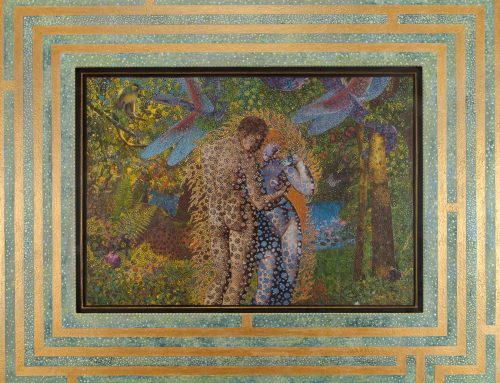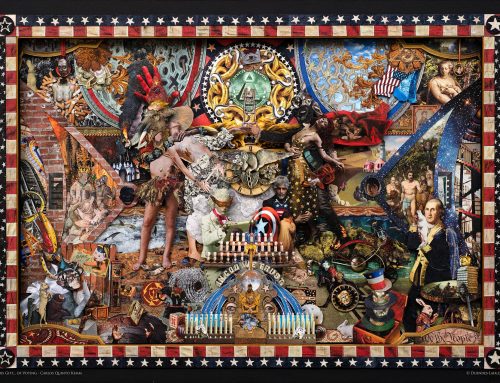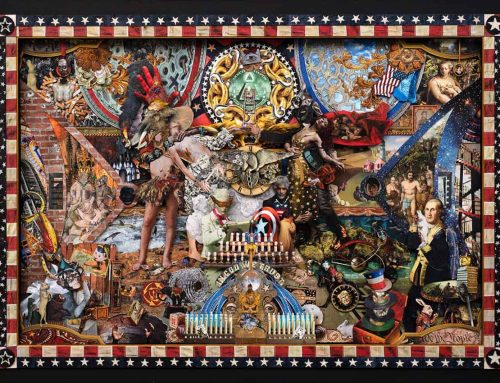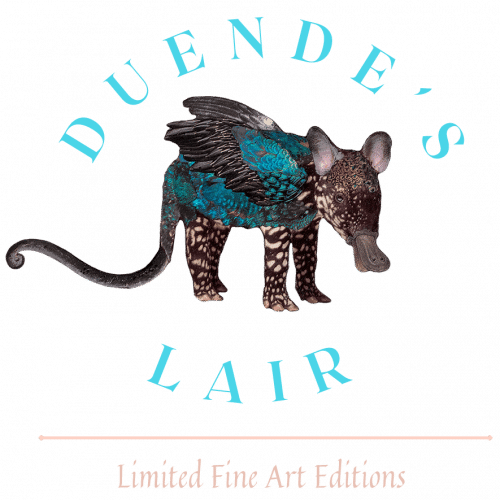How to Incorporate Found Objects in Mixed Media Collage
Found objects add a unique and personal touch to mixed media collages. These everyday materials—whether discovered in nature, picked up from a thrift store, or saved from a past memory—bring texture, history, and depth to a piece of art. Incorporating found objects into your collage allows you to blend different materials while giving your work a story that feels personal and layered with meaning. Learning how to select, prepare, and arrange these objects can transform your collage into something truly one-of-a-kind.
Why Use Found Objects in Mixed Media Collages?
Found objects help turn a collage into a multi-dimensional, tactile experience. These materials can hold personal significance, making the artwork feel more meaningful. They also add texture, breaking away from the traditional flatness of paper-based collages. Whether it’s a key from an old house, a piece of lace from a beloved family heirloom, or a natural element like a dried leaf, found objects create a visual and emotional connection between the artwork and the viewer.
Beyond adding texture and meaning, found objects also allow artists to be resourceful. Instead of relying solely on store-bought materials, artists can repurpose materials that might otherwise be discarded. This sustainability aspect makes mixed media collages even more creative, turning everyday items into something beautiful and unexpected.
Selecting the Right Found Objects for Your Collage
Almost anything can be used in mixed media collage, but choosing the right materials ensures your piece remains balanced and visually appealing. Start by looking for objects with interesting textures, colors, or shapes. Some great examples include:
- Paper Items: Vintage postcards, old book pages, handwritten notes, ticket stubs, and maps add a sense of history and nostalgia.
- Natural Elements: Dried leaves, flowers, twigs, feathers, and shells bring organic texture and a connection to nature.
- Textile and Fabric Scraps: Lace, embroidery, ribbons, and burlap can introduce softness and a handmade touch to the piece.
- Metal and Industrial Items: Rusted keys, buttons, gears, and wire add a rugged or steampunk feel to collages.
- Found Plastic and Miscellaneous Objects: Bottle caps, broken jewelry, beads, or even small toys can add fun and unexpected details.
When selecting objects, consider how they will interact with the other materials in your piece. Try choosing a mix of textures—something soft like fabric, something rough like sandpaper, and something solid like metal—to create variety in your work.
Preparing Found Objects for Use in Collage
Before adding found objects to your collage, it’s important to clean and prepare them so they adhere properly and last over time. Here are some tips for making sure your objects are ready to be used in your artwork:
- Clean Delicate Materials: Wipe dust and dirt off objects like paper or fabric to avoid discoloration or mold growth.
- Seal Natural Elements: Spray dried flowers, leaves, or twigs with a light coat of acrylic medium or fixative spray to prevent them from crumbling.
- Flatten Paper and Fabric: Iron out wrinkles in old book pages or fabric scraps so they adhere smoothly.
- Sand or Prime Shiny Surfaces: If using smooth materials like metal or plastic, lightly sand them to help glue or paint stick better.
- Cut or Break Objects into Pieces: Large or bulky objects can be trimmed or broken down into smaller, more manageable pieces for layering.
Taking the time to prepare materials ensures that they stay in place and maintain their appearance over time, making the final collage both durable and visually cohesive.

Arranging Found Objects in Your Composition
The way you arrange your found objects in a collage can completely change the feel of the piece. A well-balanced composition can create movement, contrast, and unity. Here are some techniques to consider when integrating three-dimensional elements into your artwork:
- Layering for Depth: Arrange found objects in layers, starting with background papers or paint and then gradually adding objects. This creates a sense of depth and makes the composition feel more dynamic.
- Balancing Textures and Weights: Mix hard and soft materials so the artwork doesn’t feel too heavy on one side. A rough metal key next to a delicate lace scrap creates contrast that makes both elements stand out.
- Creating a Focal Point: Use an eye-catching object as the main element of your collage. A vintage watch face, a bold-colored feather, or a unique button can draw attention and set the theme for the rest of the piece.
- Using Repetition: Repeating similar objects, like multiple stamps or identical bottle caps, creates a sense of unity and structure. This technique can give the piece rhythm and help guide the viewer’s eye through the composition.
- Leaving Negative Space: Not every inch of a collage needs to be covered. Letting parts of the background show through can make the added objects feel more intentional and balanced. Negative space can help highlight the key elements and keep the composition from feeling overcrowded.
Adhering Found Objects Securely
Because found objects often have irregular surfaces, using the right adhesives is essential to keeping everything in place. Standard glue sticks or tape won’t hold heavier materials, so it’s important to use stronger adhesives that provide durability. Here are some options to consider:
- Gel Medium: A flexible, clear-drying adhesive that works well for paper, fabric, and lightweight objects. It provides a secure hold while maintaining a smooth finish.
- E6000 or Strong Craft Glue: Great for metal, wood, and plastic elements that need a firm hold. This type of adhesive is highly durable and works well for long-term stability.
- Hot Glue Gun: Best for heavier or bulkier objects that need immediate adhesion. It dries quickly, making it useful for assembling layered designs.
- Sewing or Wire Wrapping: Some elements, like buttons or fabric pieces, can be stitched or wrapped with wire instead of glued for a handmade touch. This method not only secures objects but also adds a decorative detail to the collage.
Before fully attaching elements, it’s a good idea to test adhesives on a small section to ensure they provide a lasting bond. If your collage is going to be framed or displayed for a long time, using archival-quality adhesives can help prevent deterioration and keep your piece intact.
Finishing and Sealing the Artwork
Once all the elements are in place, sealing the collage helps protect the materials, unify the piece, and enhance its longevity. A proper sealant can prevent dust accumulation, fading, or deterioration of delicate items. Here are a few ways to finish your artwork:
- Acrylic Medium: Applying a coat of matte or gloss acrylic medium works well for most surfaces, securing loose elements and adding a professional finish.
- Spray Varnish: A protective spray varnish can help keep delicate objects from shifting while providing a clear coat that prevents fading. It’s best to use light, even sprays to avoid over-saturating fragile materials.
- Wax Seal or Resin Coating: For collages that include paper or fabric, a thin layer of wax or resin can create a smooth, durable surface that preserves delicate materials.
- Be Mindful of Fragile Materials: Some materials, like dried flowers, lace, or old paper, may react differently to sealants. Too much sealant can make them stiff or brittle, so always test on a small area first.
Taking the time to seal and finish your artwork ensures that it remains vibrant and well-preserved for years to come. Whether your collage is displayed in a frame, mounted on a board, or left as a freestanding piece, a well-applied sealant will help maintain its beauty and protect it from damage over time.
Bringing Found Objects to Life in Collage
Incorporating found objects in mixed media collages is a creative way to add depth, history, and personality to your work. By selecting meaningful objects, preparing them properly, and arranging them thoughtfully, you can turn everyday materials into expressive, layered artwork. Each found object carries its own story, and when combined with other elements, it contributes to a piece that is rich in texture and meaning.
At Duende’s Lair, we believe that mixed media art is all about blending the unexpected. Whether you’re using vintage finds, natural elements, or repurposed materials, found objects can bring a new dimension to your creative process.
Looking for inspiration? Explore our handmade collage collection and discover the magic of mixed media!
